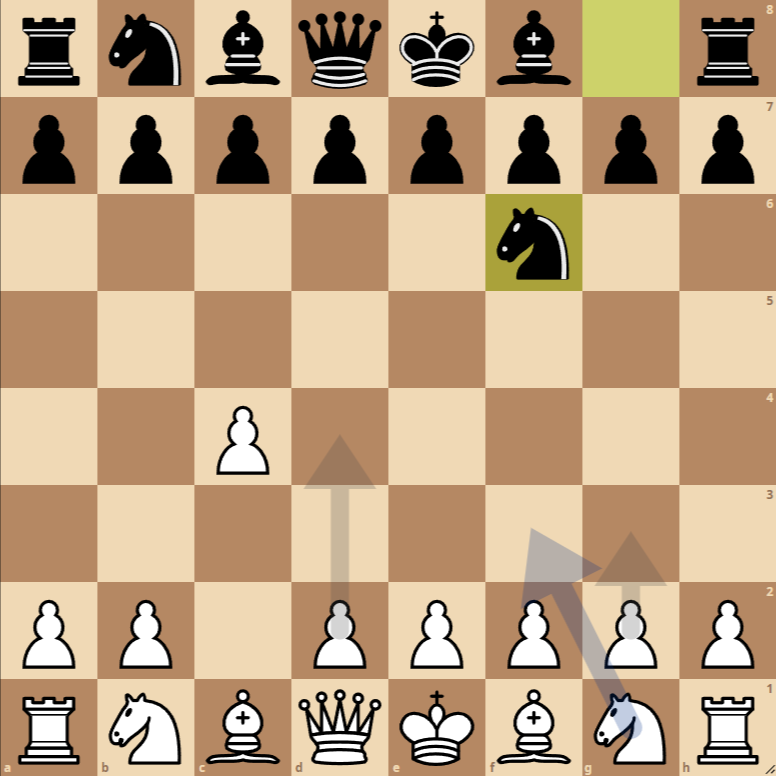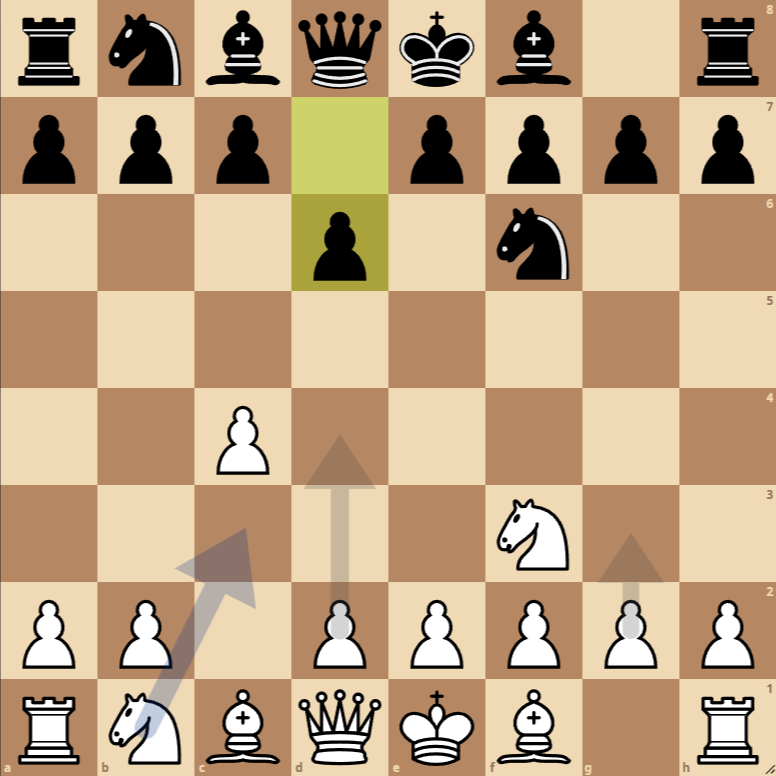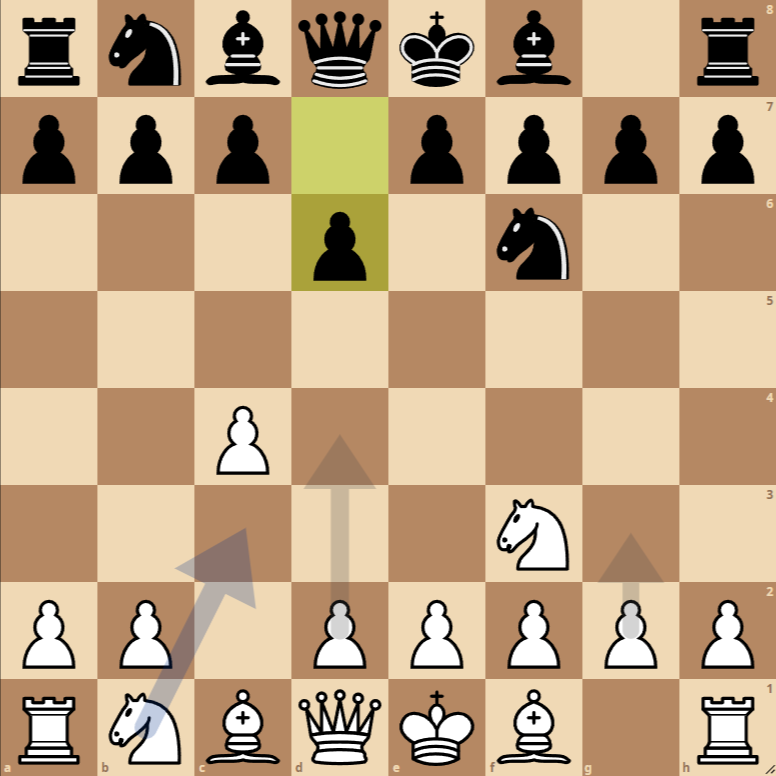How to Play the English Opening: Anglo-Indian Defense, Old Indian Formation


This opening is known for its versatility and strategic potential. The English Opening begins with the pawn move from the c-file to c4, aiming to control the center from the flank. Black’s response, moving the knight to f6, focuses on piece development and preparing to contest control of the center. Below are the initial moves:
- 1. c4: White advances their c-pawn to c4, initiating flexible control of the center and preparing for the development of the light-squared bishop.
- 1… Nf6: Black responds by developing the knight to f6, a move that controls the central e4 square and sets the stage for potential advances in the center or the kingside.
- 2. Nf3: White develops their knight to f3, further supporting central control and preparing for castling.
- 2… d6: Black plays d6, reinforcing the center and opening lines for the development of the dark-squared bishop.
Variations of the English Opening: Anglo-Indian Defense, Old Indian Formation
Variation 1: King’s Pawn Advance
In this variation, White can choose to advance the king’s pawn early with 3. e4, seeking more direct control of the center. This move leads to an intense battle for central control, where Black can respond with e5, challenging White’s central presence.
Variation 2: Fianchetto of the Light-Squared Bishop
Another popular option for White is to fianchetto the light-squared bishop with g3, followed by Bg2. This setup strengthens control of the diagonal and prepares for a long-term attack on the kingside.
Variation 3: Queen’s Side Play
White can also focus on queenside play by advancing b3 and Bb2, creating a solid pawn structure and strong attacking potential along long diagonals.

